Fix: Windows Search Icon Suddenly Increased in Size
Suddenly increasing the size of a Windows search icon indicates that either a third-party application has increased the size of the Windows search icon, or a faulty Windows update has been installed, causing this issue. These are the top two possibilities that can increase the size of a Windows search icon all of a sudden.
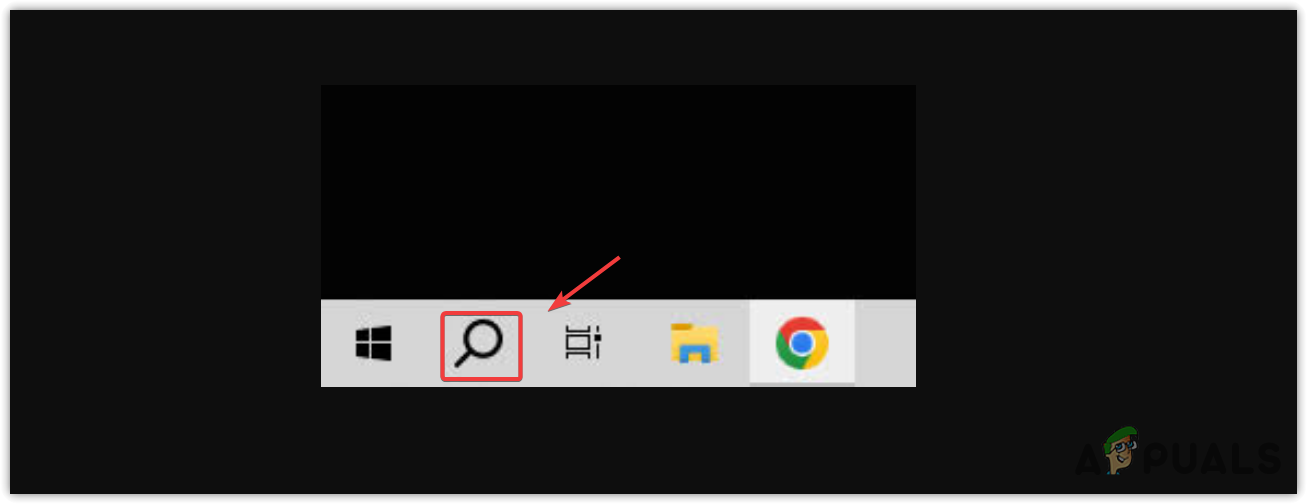
Restart your computer before trying any solutions, because if this issue is a bug, then restarting the computer will eliminate it.
1. Make sure the ‘Use small taskbar buttons’ option is checked
To get the small Windows search icon back, first ensure that the ‘Use small taskbar buttons’ option is checked in the taskbar settings. This will allow you to change the size of all taskbar buttons to small. To do so, follow the instructions.
- Right-click the empty space on the taskbar and select Taskbar settings.
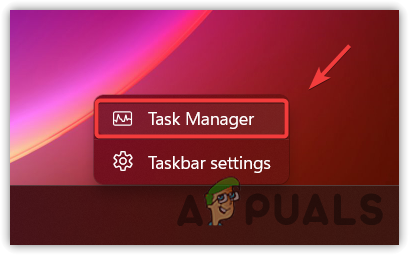
- On the right pane, enable the option Use small taskbar buttons. This will make the taskbar buttons smaller.

- If this does not work, try the registry method.
2. Use the registry editor to make taskbar buttons small
It is possible that the Windows search icon size has increased due to changes made by third-party applications in the registry editor. If that’s the case, you need to revert the third-party application changes to get back the old or smaller Windows search icon.
Now before you follow the instructions, make sure to backup registry files, as making wrong changes in the registry editor can cause your Windows components not to work properly.
- Press the Win + R keys to open Run Window.
- Here enter regedit and click OK to navigate into the registry editor.
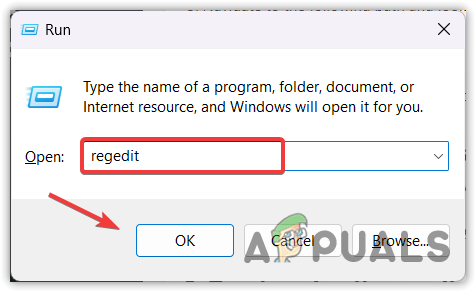
- Navigate to the following path and look for TaskbarSmallIcons in the right pane.
Computer\HKEY_USERS\S-1-5-21-2843980723-3947939357-3276718573-1001\Software\Microsoft\Windows\CurrentVersion\Explorer\Advanced
- If you can find it, double-click on it and change its value data to 1. Otherwise, create an entry with the name TaskbarSmallIcons. For that, right-click the empty space, hover New, and click 32-Bit DWORD Value. Name it TaskbarSmallIcons and set its value data to 1.

- Once done, close the registry editor, and restart your computer for the changes to take effect.
3. Rebuild the Windows search indexer
The Windows Search Indexer is a database for Windows Search. Rebuilding the Windows Search Indexer means re-indexing all the items in Windows Search. Therefore, if there is a problem with the Windows Search Indexer causing this issue, rebuilding it will fix the problem.
- To rebuild the Windows search indexer, press the Windows key and type Control Panel to navigate.
- Once you have navigated, change the View by to Small icons.

- Click the Indexing option to view indexing options.
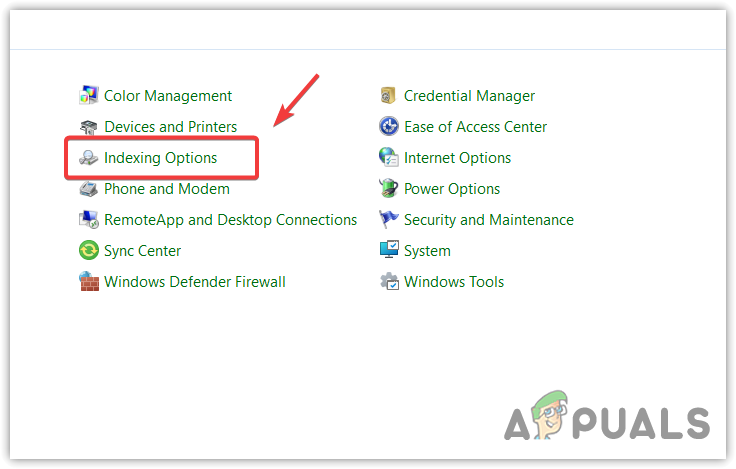
- Then, click Advanced, and click Rebuild. This will take some time some time to rebuild the search indexer.
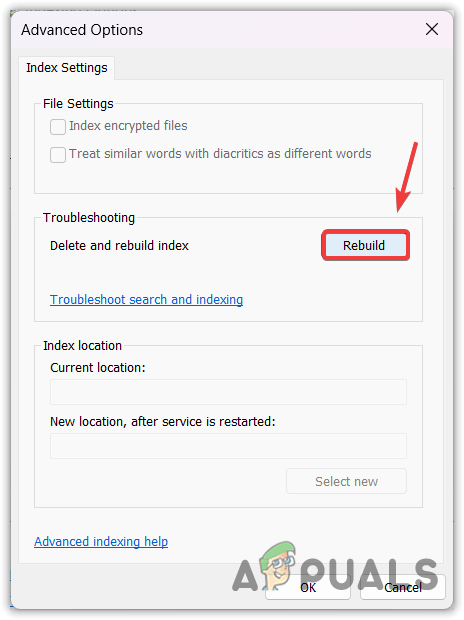
- Once done, check if the search icon size is back to normal.
3. Try changing the monitor resolution
This issue can also be fixed by changing the resolution. Changing the resolution will re-render all the pixels according to the selected resolution. Hence, if this is a bug, changing the resolution should fix it. To do so, follow the steps:
- Right-click the desktop and select Display Settings to open the settings.
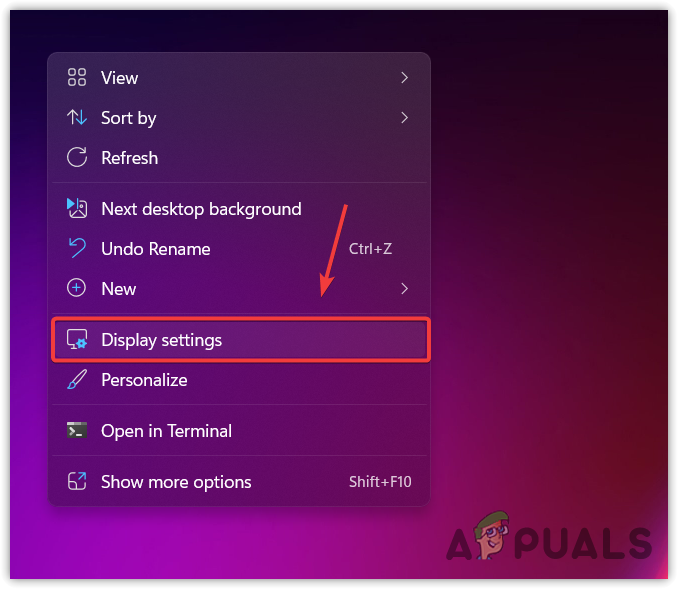
- Scroll down to the Scale and Layout section.
- Click the drop-down icon next to the Display resolution and set the resolution to recommended.

- Once done, check if the Search icon size is back to default.
4. Perform a clean boot
There is a very high chance that your search icon size has been increased by the third-party application. In this case, you can try performing a clean boot. Since we don’t know which third-party application is causing this issue, a clean boot can be used to determine the third-party application.
A clean boot is a troubleshooting method that allows users to disable third-party applications or services at the startup. To perform a clean boot, visit How to Clean Boot Windows?
5. Uninstall Windows Update
A faulty Windows update can also be one of the main reasons for experiencing this type of issue. If your Windows search icon has increased in size after installing an update, it is possible that the problem comes with the update. If you are sure about it, you can try uninstalling the update. To uninstall the update, visit How to Uninstall Windows Updates.
6. Perform a system restore
System Restore is a utility that saves a system’s current state into a restore point, which can be used later to restore the previous state.
System Restore takes a snapshot of system files, registry files, and drivers. Since you are facing a weird bug, you can use a system restore point to restore the previous state.
This method will only work if you have created a restore point in the past. Otherwise, you can proceed to reinstall Windows.
To use a system restore point, follow the steps:
- Press the Windows key and type rstrui in the Windows search.
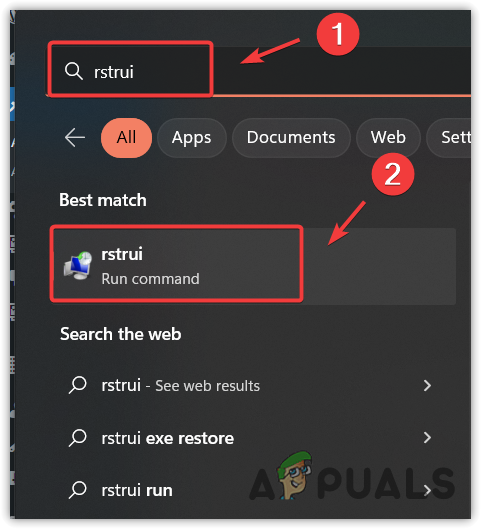
- Hit Enter to run the utility, then click Next.
- Here select a restore point and click Next.
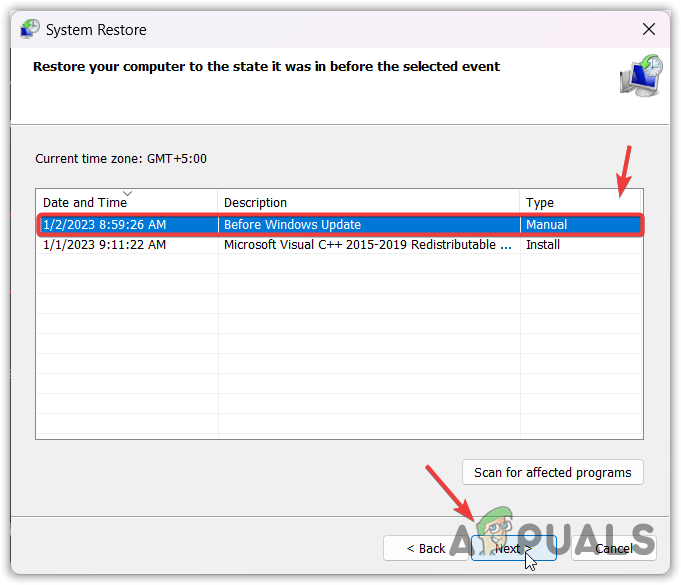
- Click Finish to start the restore process. This might take a few minutes.
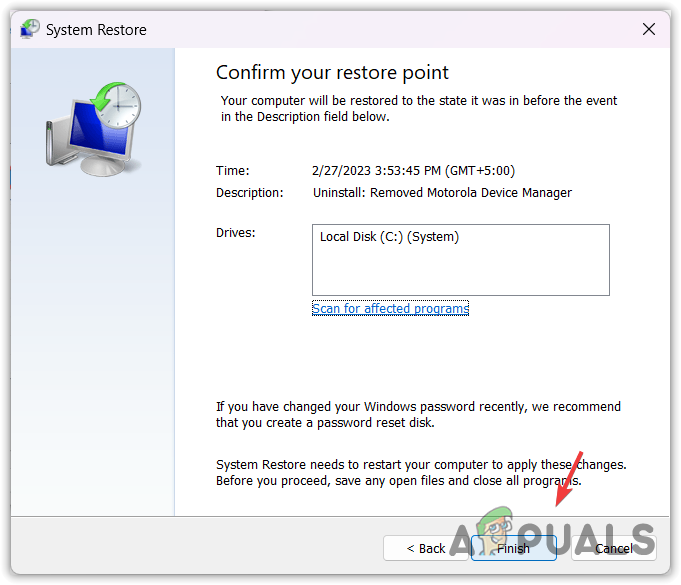
- Once done, now your issue should be resolved.
-Windows 10 Search Icon suddenly increased in size FAQs
If your Windows search icon gets bigger suddenly, it means either there is a third-party application that has changed the Windows search icon size, or you have installed a faulty Windows update, causing this issue.
If your Windows search icon has suddenly increased in size, then you cannot directly change its size to default. However, you can use some settings or solutions such as uninstalling Windows update, performing a clean boot, and changing the monitor resolution to recommended.
 Reviewed by
Reviewed by 




